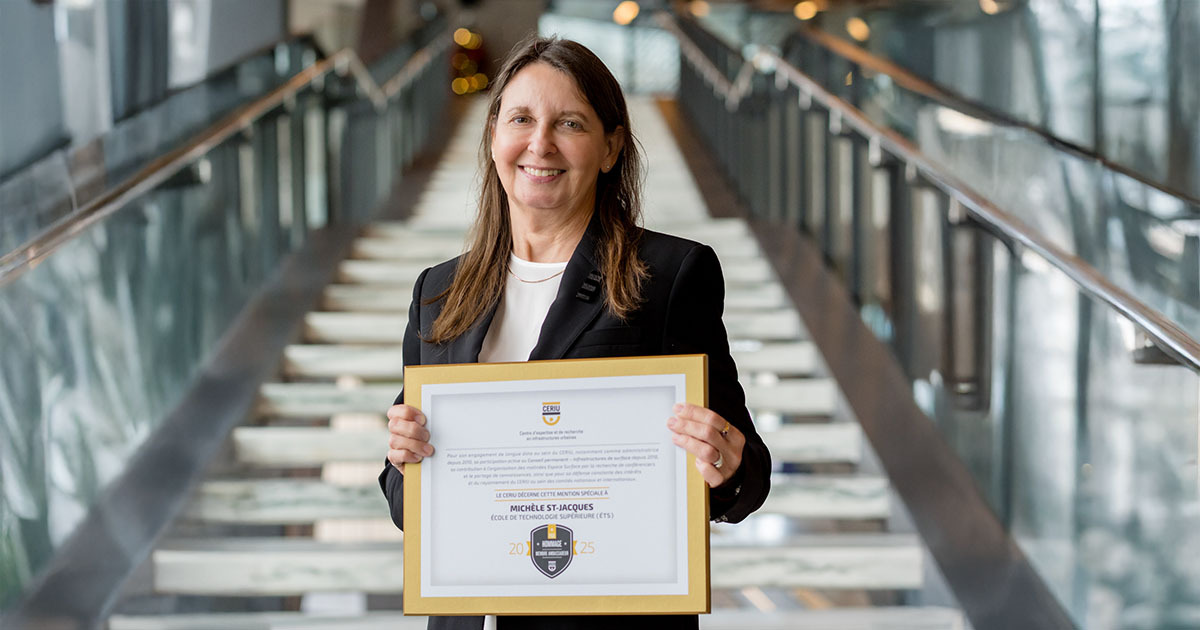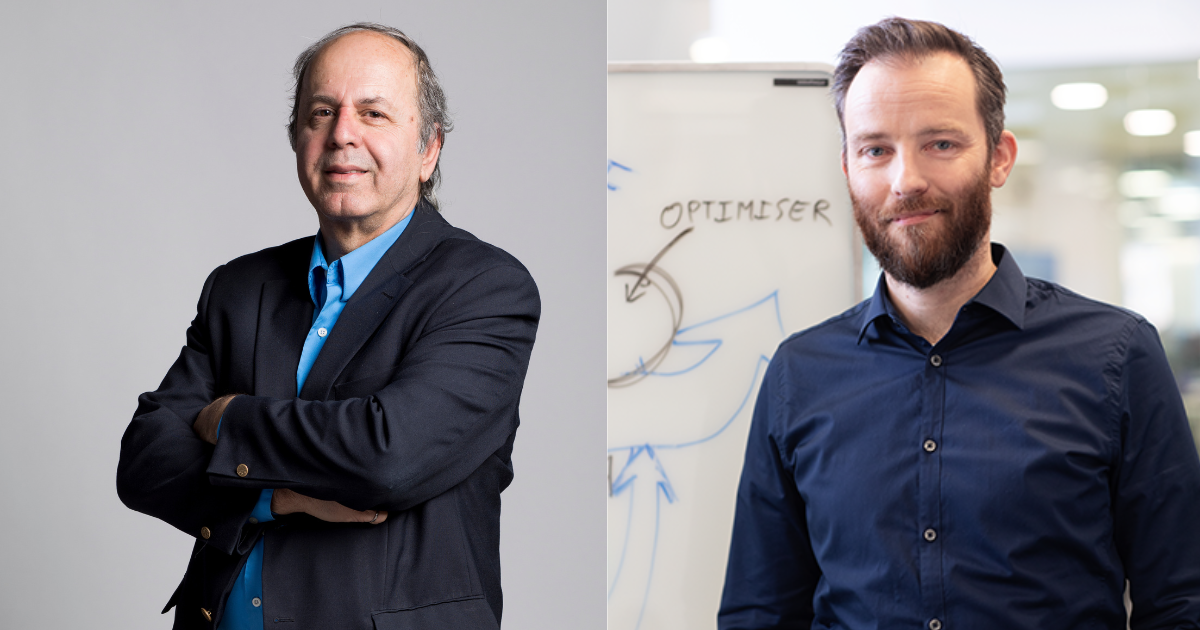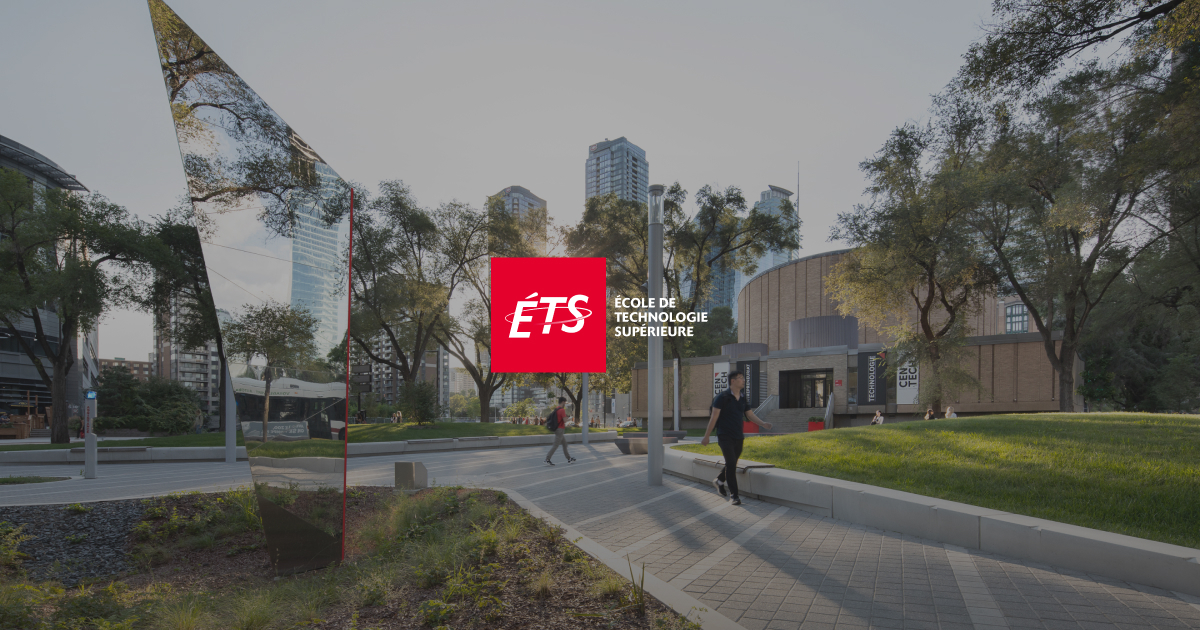
Overcrowded emergency and intensive care units, lack of financial and human resources, difficult working conditions… What if the solution lay in new healthcare technologies?
Tools to detect illness much earlier. Protective equipment to prevent serious injuries among workers. Devices to improve athletic performance. Artificial intelligence algorithms for personalized care. Virtual reality systems to facilitate the work of surgical teams.
ÉTS researchers are developing technologies that could revolutionize healthcare and services. Thanks to expertise acquired in multidisciplinary teams, these researchers optimize processes and design technologies to meet the needs of clinical staff and their patients.
Facilitating Surgery in Newborns

Congenital heart disease affects over 1.35 million newborns every year. Luc Duong is developing methodologies that will enable surgeons to choose the most appropriate stent for each malformation, and to better prepare for highly complex operations.
Early Diagnosis of Degenerative Diseases
Degenerative diseases such as Parkinson’s or Alzheimer’s are often not diagnosed until symptoms appear, sometimes at a fairly advanced stage of the disease. Yet subtle signs could be detected long before this stage, but go unnoticed. Rachel Bouserhal is seeking to detect these irregular physiological signals (or biosignals) using an earpiece based on the occlusion effect. Her challenge will be to use artificial intelligence to isolate biosignals from breathing, swallowing and heart rate.

Personalizing Mental Health Care

Sylvain Bouix is developing new methods for analyzing magnetic resonance imaging (MRI) data of the brain. These analyses aim to provide information about people’s mental health and the interventions that could benefit them. Although MRIs alone are not enough to make a diagnosis, they can help detect early signs of brain problems and contribute to the development of new, more effective drugs.
Preventing Spinal Cord Injuries
Current digital models used to assess these injuries are not adapted to the characteristics of women or the elderly. They are merely scaled-down versions of data from the military and sports fields. Marie-Hélène Beauséjour is seeking to reproduce the morphology of elderly people and women more faithfully, to better understand how spinal cord injuries occur and, above all, to prevent them.

Helping Surgeons

Simon Drouin wants to introduce mixed reality into the operating room to facilitate interaction between clinicians and 3D medical images. The aim is to provide surgical teams with real-time, three-dimensional vision during operations. As well as improving the precision of incisions, this technology would relieve specialists of the demanding mental gymnastics of continually scanning a patient and a screen in succession, and superimposing both visuals in their minds.
Reducing Sports-Related Concussions
Long trivialized in certain sports, concussions are fortunately taken very seriously today. Sports like American football are well known for the risk of concussion to the players. Éric Wagnac and Yvan Petit are working on creating more effective protective helmets.
Studies carried out by Professor Yvan Petit have shown that concussions are common with electric scooters , and that injuries become much more serious as users ride at higher speeds.

Detecting Alzheimer’s and its Progression Using Natural Language

Research teams at ÉTS have developed algorithms that analyze speech to detect Alzheimer’s disease and its progression. Professor Sylvie Ratté based her computational method on the analysis of image descriptions made by elderly people.
Enhancing Athlete Performance
Julien Clément proposes an approach that integrates biomechanical engineering principles to optimize the efficiency of high-level athletes, while reducing the risk of injury. Using a sensor containing an accelerometer and a three-axis gyroscope, the professor is able to determine the athlete’s angular velocity and linear acceleration, and analyze their movements. This analysis can then be used to identify the athlete’s weaknesses, and adapt training to overcome them. This way, athletes can safely improve their performance and avoid injury.

A Revolutionary Hearing Breakthrough

Jérémie Voix has designed a hearing aid that not only protects hearing, but can also recharge itself using the energy generated by chewing. This innovative technology, designed to protect the health of workers exposed to noise, could transform hearing protection standards and pave the way for new recommendations. It has immense potential: in addition to revolutionizing the field, it is aimed at international markets specialized in cutting-edge hearing technologies, and could lead to unprecedented applications.



